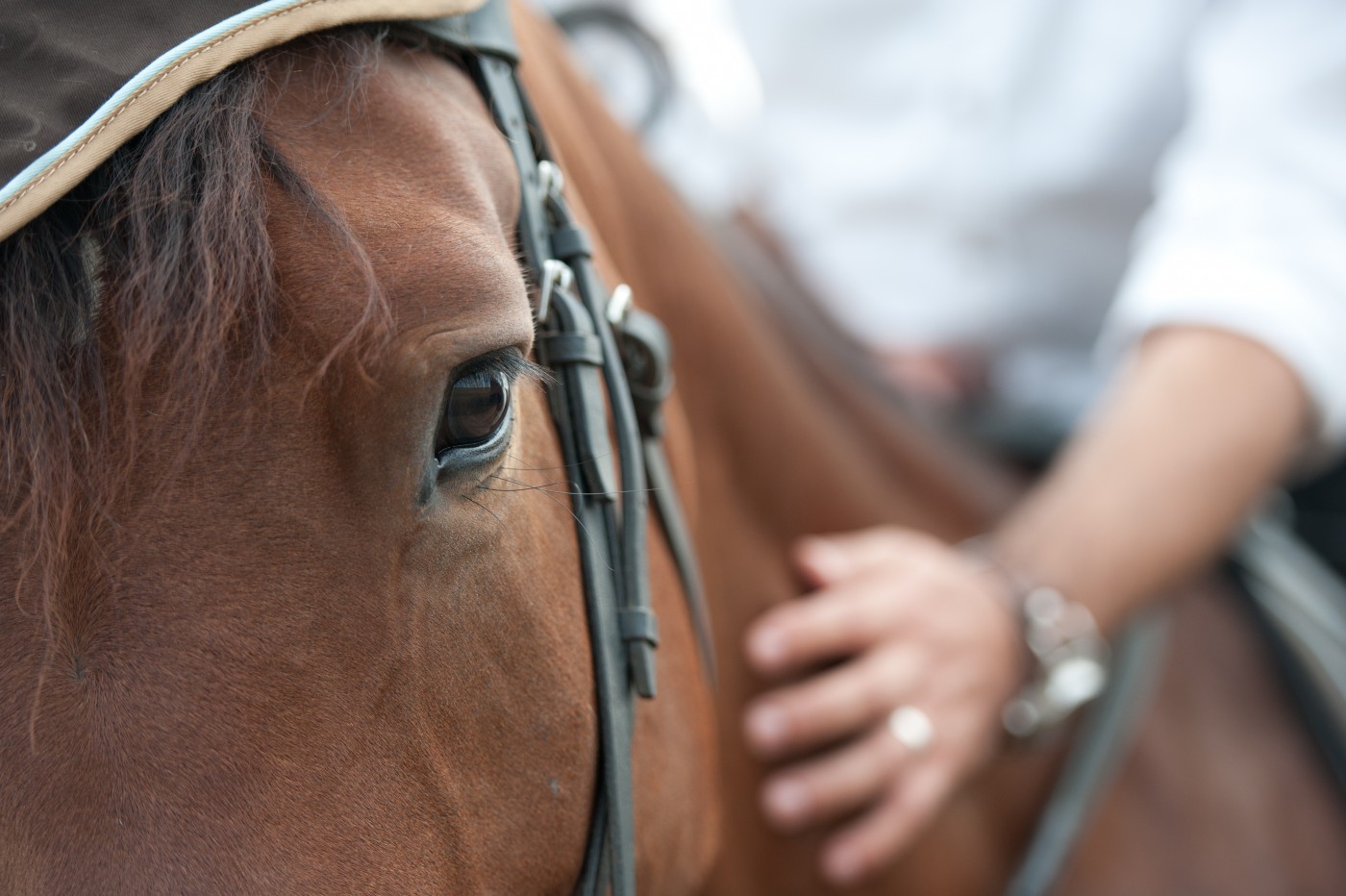Therapeutic Horseback Riding Improves Gait Symmetry in Children with CP, Study Says

A popular type of animal-assisted therapy that involves horseback riding, known as hippotherapy, improves gait symmetry in children with cerebral palsy (CP), a study says.
Findings of the study, “Effect of hippotherapy on gait symmetry in children with cerebral palsy: A pilot study,” were published in the journal Clinical and Experimental Pharmacology and Physiology.
Cerebral palsy comprises a group of neurological disorders that affect posture and restrict movement. These disorders are caused by brain lesions that occur in fetal development or infancy.
Previous studies have shown that hippotherapy may be beneficial for improving posture, muscle strength, and gross motor function in children with CP. However, the effects of this kind of rehabilitation therapy on gait symmetry have never been studied.
“Currently available parameters that reflect the symmetry of trunk movement, such as root mean square and harmonic ratio of acceleration during walking, may not be analyzed instantly or visualized easily. Therefore, it would be valuable to establish a new simple, quantitative gait parameter that reflects the symmetry of trunk movement. The Lissajous figure of trunk acceleration signals is quantified to analyze the Lissajous index (LI), using a simple formula for the representation of the symmetry index,” the researchers wrote.
Lissajous figures are a variety of curves formed by combining two mutually perpendicular motions. In this study, a team of researchers from the Tohoku University in Japan and their collaborators set out to analyze the effects of hippotherapy on gait symmetry and assess the usefulness of LI as a quantitative method to assess gait symmetry in a group of children with CP.
The longitudinal study involved a total of 12 children with CP who had moderate to severe motor impairments — classified as levels 2—4, according to the Gross Motor Function Classification System (GMFCS) — who participated in hippotherapy sessions once a week over one year.
Gait symmetry analyses were performed during the 5-meter walking test (5MWT) — a test that measures the distance children are able to cover in five minutes — using a portable device motion recorder. Researchers also built a database containing information on gait parameters among 50 age-matched healthy children who were used as controls for direct comparison.
Results showed that LI scores of children with CP before starting hippotherapy were significantly higher than those obtained in healthy controls.
However, after one year of hippotherapy, LI scores of children with CP decreased significantly, by roughly 10.4%, and GMFCS scores improved, dropping by 0.6 on average, suggesting that hippotherapy improves trunk movement symmetry in children with CP.
“Although there are several primary issues with regard to the availability of hippotherapy, such as limited access, unpredictable weather, and relatively high cost, we believe that hippotherapy is a valuable rehabilitation method that can help achieve trunk symmetry for improving gait function in children with CP,” the researchers wrote.
“Additionally, the LI may be a useful quantitative parameter for evaluating gait symmetry in children with CP undergoing hippotherapy,” they concluded.


